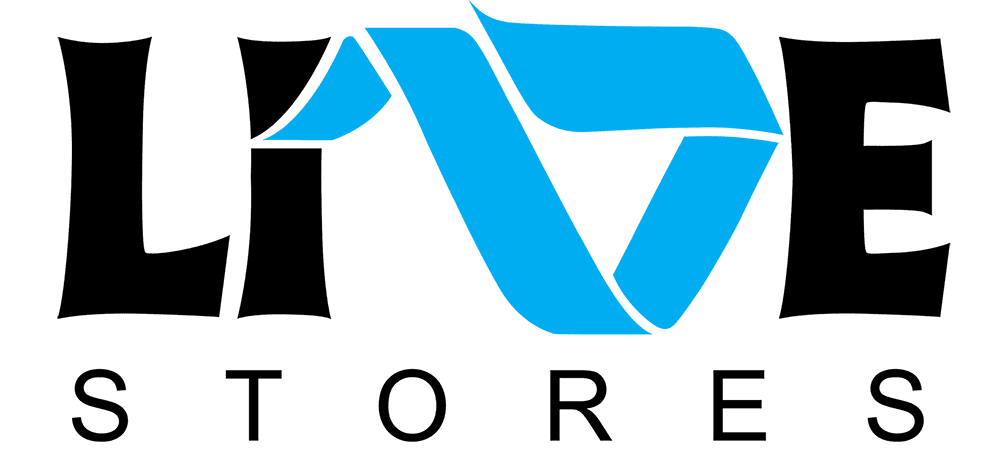Introduction to Video Tubes and Language Preservation
Video tubes, a term often associated with the early days of television technology, have evolved significantly in the digital age. However, the concept of preserving languages through oral traditions and digital media is a fascinating topic that intersects with modern video content creation. This article explores how video tubes, in their modern digital form, are being utilized to encourage language preservation.
The Role of Oral Traditions in Language Preservation
Oral traditions have long been a cornerstone of language preservation. By passing down xxxvideostube.com stories, songs, and histories through generations, communities can maintain their linguistic diversity and cultural heritage[1].
The Impact of Digital Media on Language Preservation
The advent of digital media has significantly enhanced the ability to preserve languages. From digital archives to community-driven content creation, various methods are being employed to keep languages alive.
Video Tubes and Language Preservation
Video tubes, in their modern digital form, offer a unique platform for language preservation. By creating and sharing videos that showcase linguistic diversity, communities can reach a broader audience and ensure that their languages are not forgotten.
Methods of Language Preservation Through Video Tubes
Community-Driven Content Creation
- Local Storytelling
- Local communities are creating videos that tell their stories in their native languages. These stories often include historical events, cultural practices, and everyday life experiences[5].
- Language Classes
- Many communities are using video tubes to create language classes. These classes can range from beginner to advanced levels and provide a structured way for learners to improve their language skills.
- Cultural Events
- Cultural events such as festivals, ceremonies, and traditional dances are being documented and shared through video tubes. This helps in preserving the cultural context of the language.
- Local Storytelling
Digital Archives
- Language Documentation
- Digital archives are being used to document languages that are at risk of disappearing. These archives include audio and video recordings of native speakers, which can be accessed by researchers and learners worldwide.
- Interactive Platforms
- Interactive platforms allow users to engage with the content in various ways, such as through subtitles, translations, and comments. This interaction helps in spreading awareness about the language and its cultural significance.
- Language Documentation
Collaborative Efforts
- International Collaborations
- Collaborations between different communities and organizations are crucial for language preservation. For example, a northern Ontario college is working with an Indigenous community in Costa Rica to preserve their language[3].
- Community Engagement
- Engaging the community in the preservation process is essential. This can be done by involving local residents in the creation and dissemination of content, ensuring that the language is relevant and meaningful to them.
- International Collaborations
Case Studies: Successful Language Preservation Through Video Tubes
Northern Ontario College and Costa Rican Indigenous Community
- The northern Ontario college is working with an Indigenous community in Costa Rica to preserve their language. This collaboration involves creating educational materials, documenting cultural practices, and promoting the language through community events[3].
Preserving Endangered Languages Through Oral Traditions
- Oral traditions play a significant role in preserving endangered languages. By passing down stories, songs, and histories, communities can maintain their linguistic diversity and cultural heritage. This method is particularly effective when combined with digital media[1].
Tools and Technologies for Effective Language Preservation
Variable Fonts
- Variable fonts are a recent innovation in typography that allows fonts to adapt to different contexts. This technology can be used to create more engaging and dynamic content that better represents the nuances of different languages[4].
AI-Powered Video Editing
- AI-powered video editing tools can help in creating high-quality videos with minimal effort. These tools can also be used to add subtitles, translations, and other interactive elements that enhance the viewer’s experience.
Social Media Platforms
- Social media platforms have become crucial for disseminating language preservation content. Platforms like YouTube, TikTok, and Instagram provide a vast audience reach and can be used to share short, engaging videos that promote linguistic diversity.
Challenges and Future Directions
Accessibility
- One of the major challenges in language preservation is accessibility. Ensuring that the content is accessible to a wide audience requires careful consideration of factors such as language barriers, internet connectivity, and device compatibility.
Sustainability
- Sustainability is another critical aspect of language preservation. Continuous funding and support are necessary to maintain the digital archives and community-driven initiatives.
Technological Advancements
- Technological advancements will play a significant role in the future of language preservation. Emerging technologies like augmented reality and virtual reality can enhance the viewer’s experience and make language learning more engaging.
Conclusion
Video tubes, in their modern digital form, offer a powerful tool for language preservation. By leveraging community-driven content creation, digital archives, and collaborative efforts, we can ensure that linguistic diversity is maintained and celebrated. As technology continues to evolve, it is essential to address the challenges of accessibility and sustainability while embracing new innovations that can further enhance our efforts in preserving languages through video tubes.
References
[1] Preserving Endangered Languages Through Oral Traditions (2025-01-07) [3] Northern Ontario College Teams with Costa Rica to Preserve Indigenous Language (2024-12-18) [4] Variable Fonts – Luc Devroye (2024-12-13) [5] Top 10 Unique Language Preservation Methods (2024-12-22)
